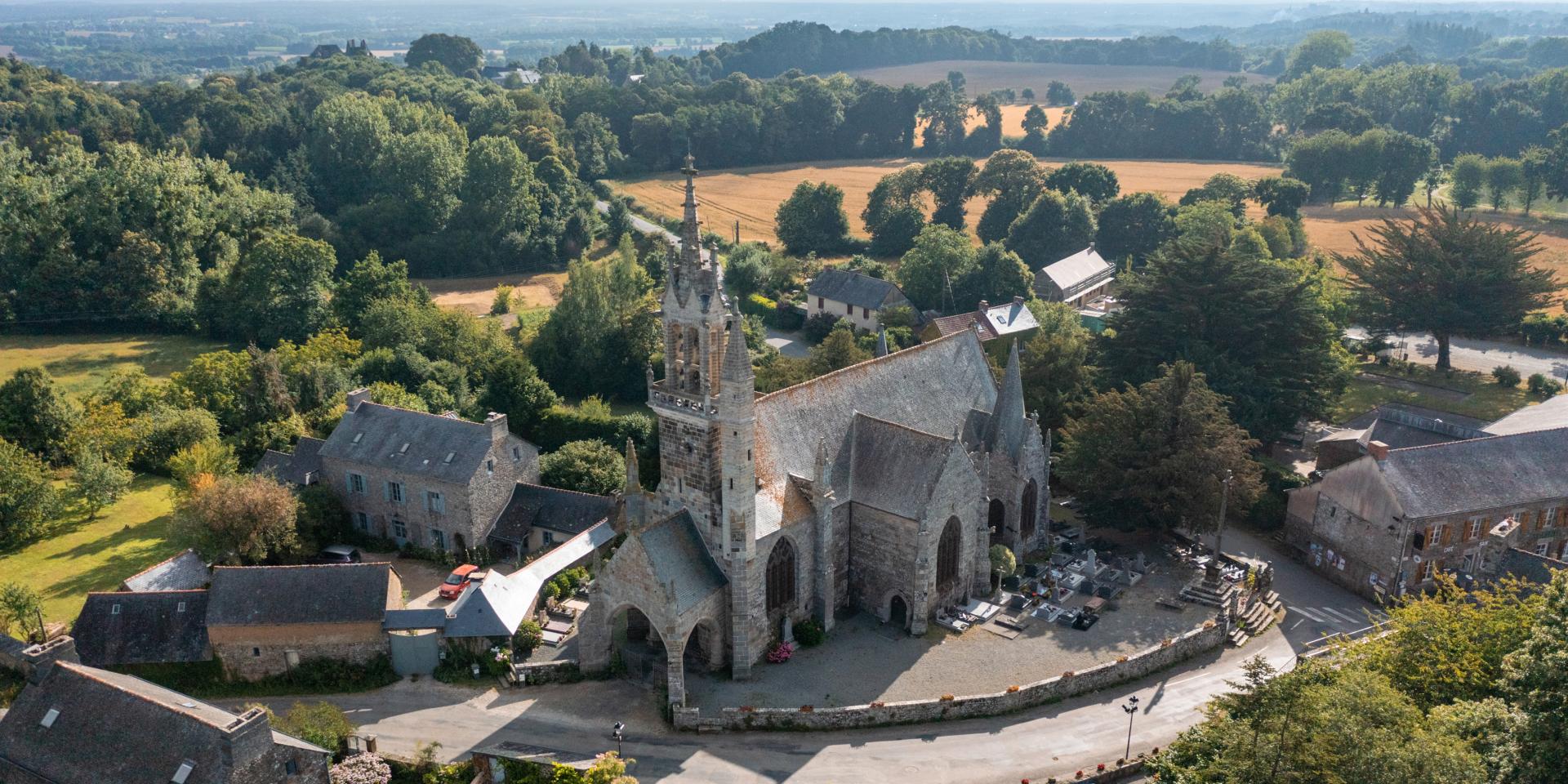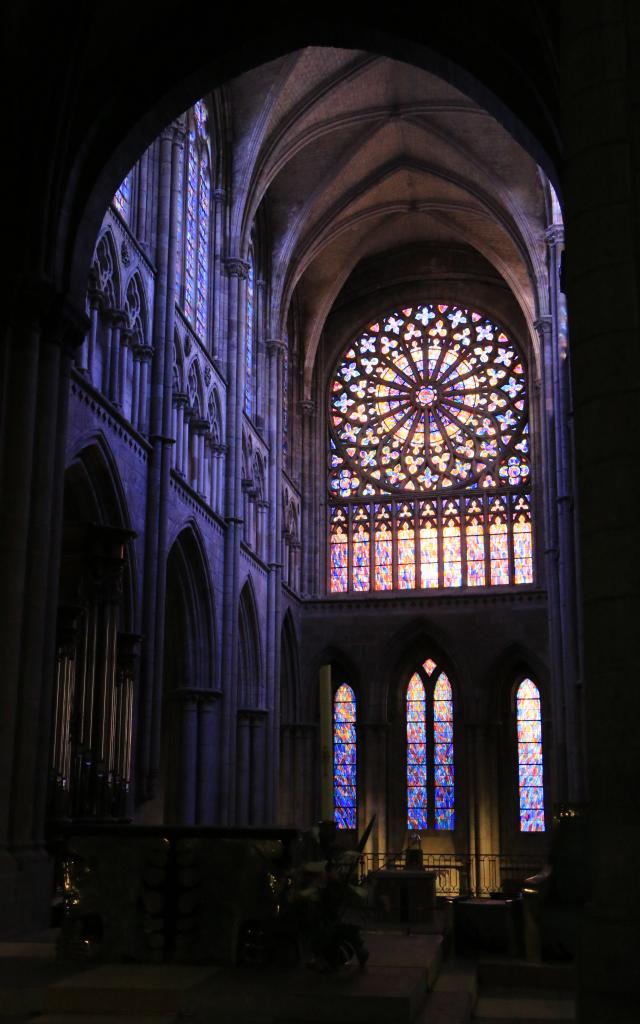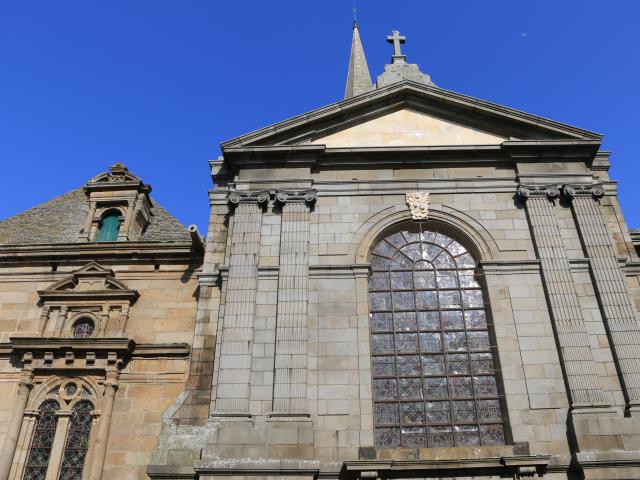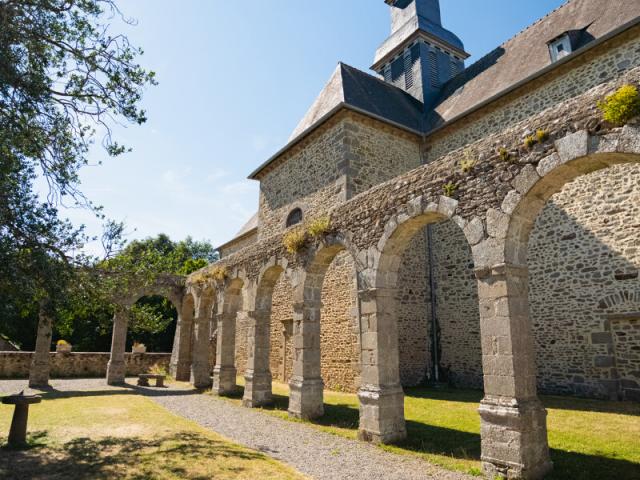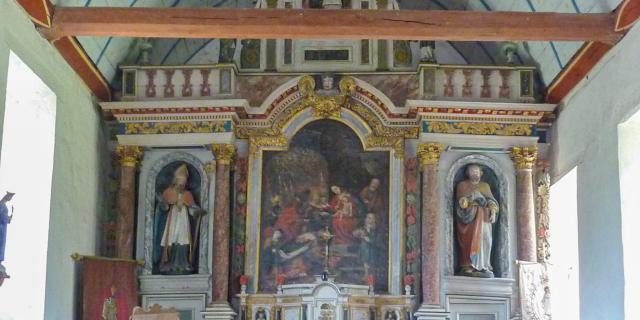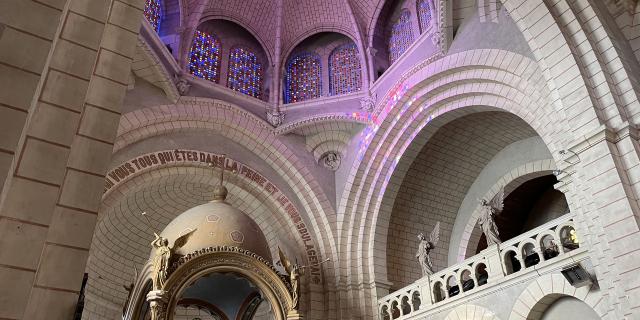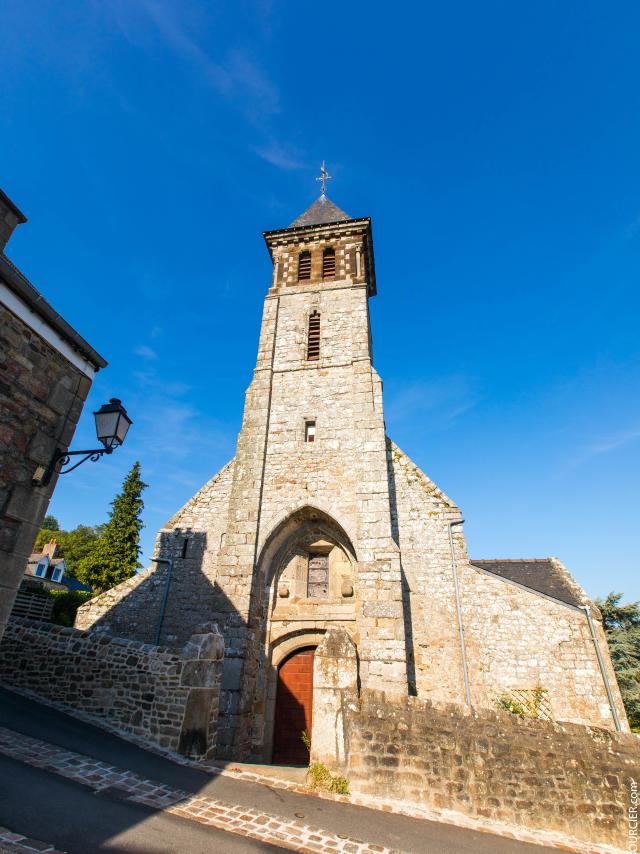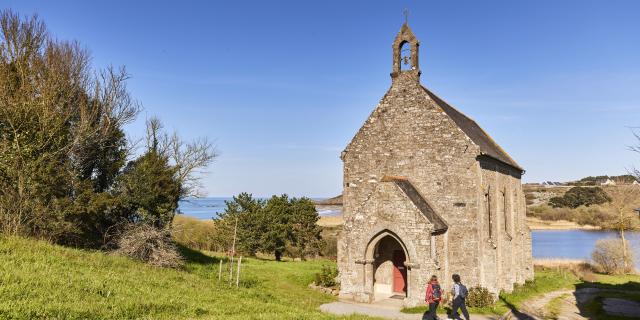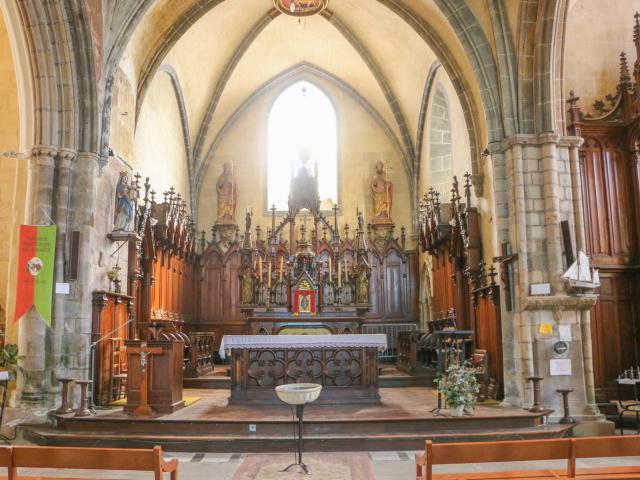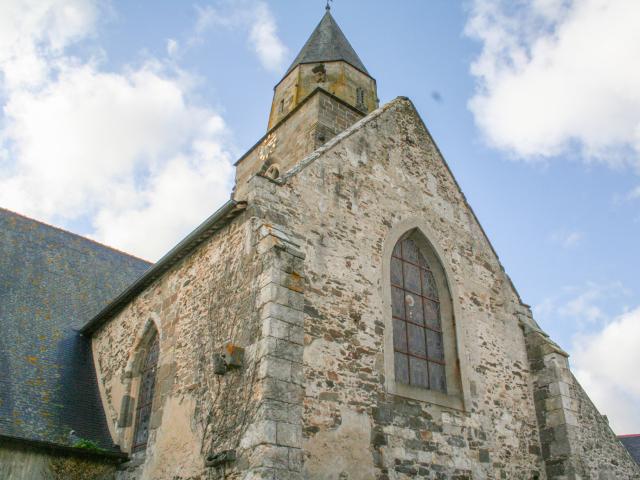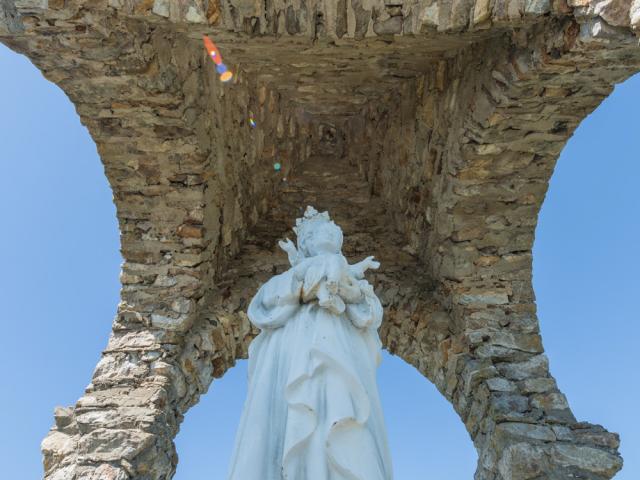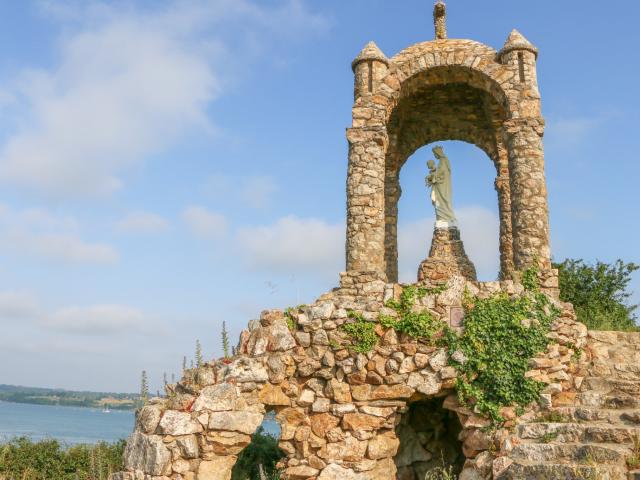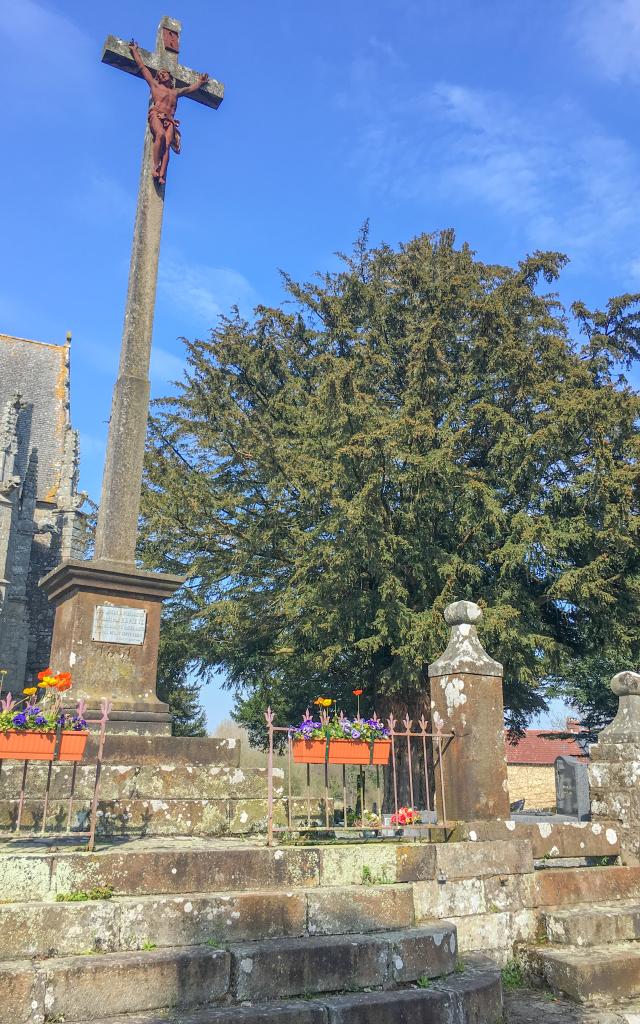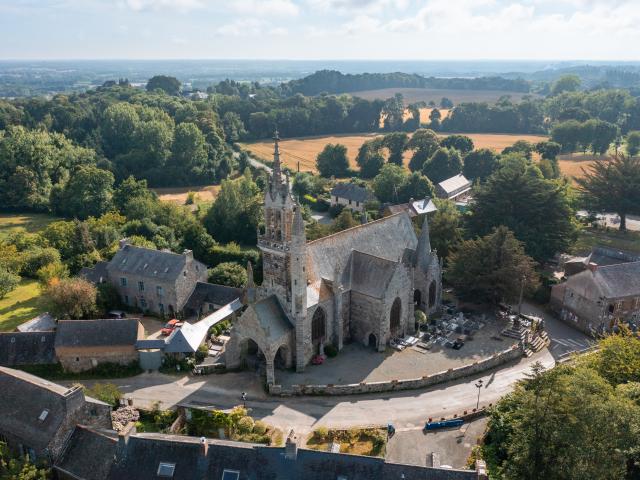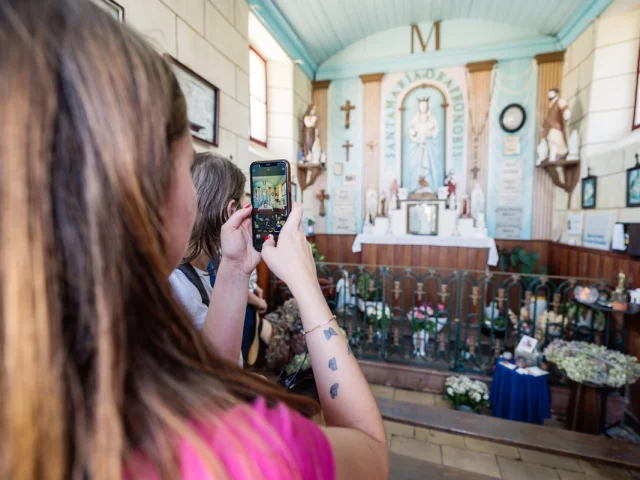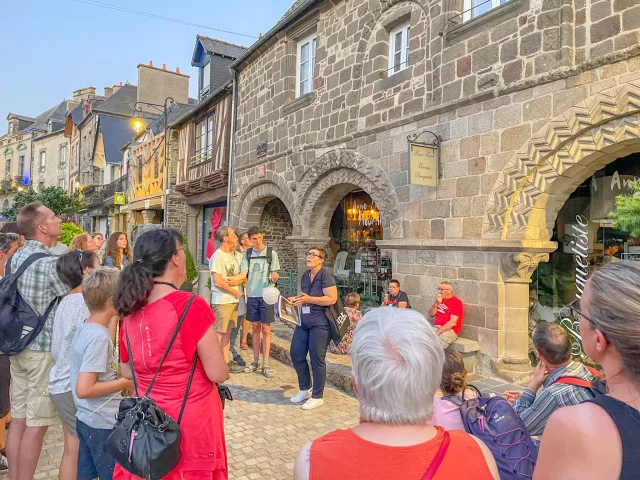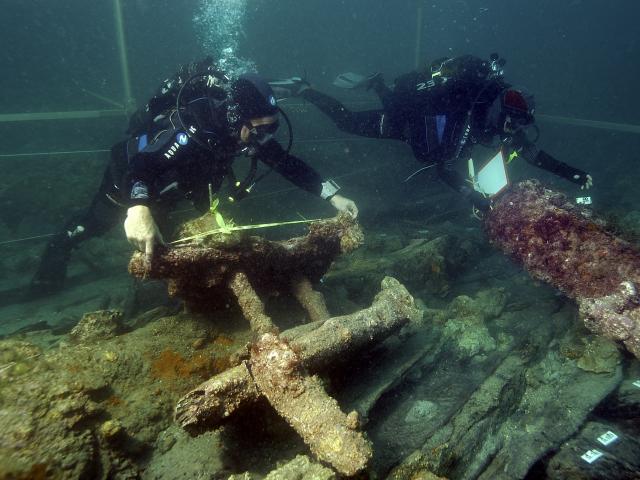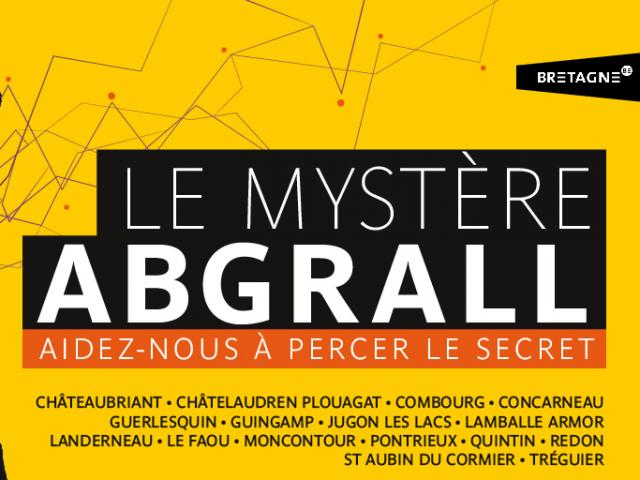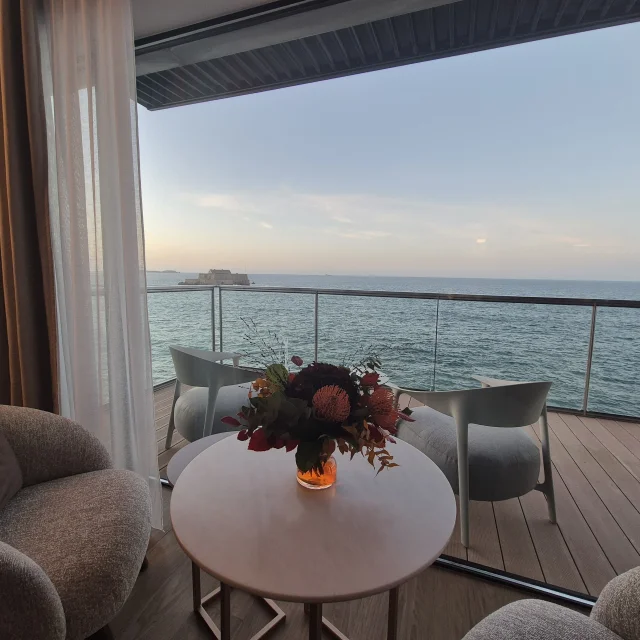The Cathedral of Saint-Samson
Come and discover the majestic Cathedral of Saint-Samson, a raw jewel with its fortified north face and luminous Gothic architecture, its great 13th-century glass roof, a delicately chiselled masterpiece of light are definitely not to be missed.
Originally Romanesque (remains in the north tower), rebuilt in the 13th and 14th centuries, under the guidance of at least four architects. All in granite, beautiful Gothic style, inspired, above all, by Anglo-Norman architecture. North tower rebuilt in the 16th century, south tower in the 17th century. Large choir window, a masterpiece from the 13th and 14th centuries. Oak stalls from the 14th century. 15th-century wooden Virgin and Child at the back of the choir. Florentine Renaissance tomb (early 16th century) of Thomas James, bishop of Dol who lived in Rome… Be charmed by one of Brittany’s most beautiful cathedrals and enjoy an unforgettable experience combining power and architectural marvel. Enter this haven of peace bathed in light and discover the jewels that make it up. A testament to the prestigious religious past of the town of Dol-de-Bretagne, this 13th-century Gothic-style cathedral will impress you.
Visit Saint-Samson’s Cathedral
Visit idea: The CathedralOscope
 ©SMBMSM - Saint-Samson Cathedral - Dol-de-Bretagne
©SMBMSM - Saint-Samson Cathedral - Dol-de-Bretagne Dol-de-Bretagne
Dol-de-Bretagne ©SMBMSM - Saint-Samson Cathedral - Dol-de-Bretagne
©SMBMSM - Saint-Samson Cathedral - Dol-de-Bretagne